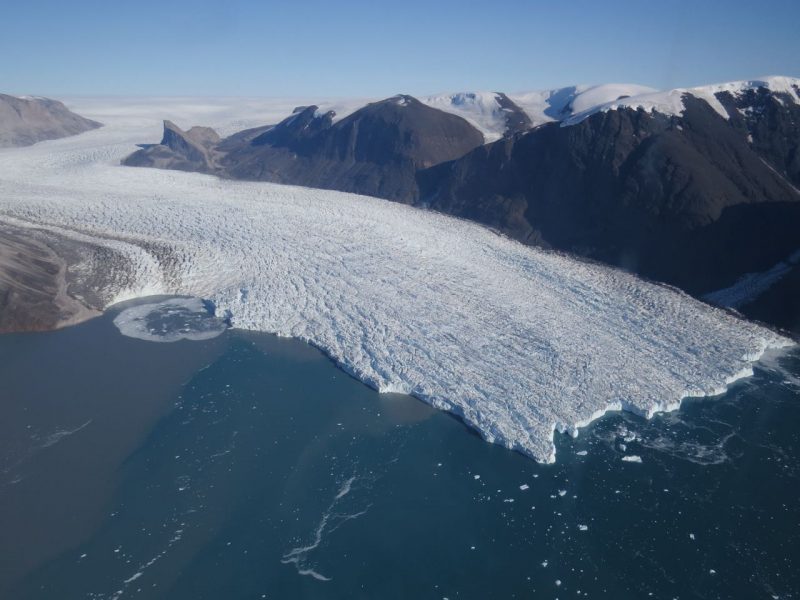Glacier Shape Influences Susceptibility to Thinning
November 20, 2017

Glaciers around the world come in all shapes and sizes. Research led by the University of Texas Institute for Geophysics (UTIG) indicates that this fact should be kept in mind when predicting how much mass a glacier stands to lose.
Using a newly developed method, researchers have identified glaciers in West Greenland that are most susceptible to thinning in the coming decades by analyzing how they are shaped. The research could help predict how much the Greenland Ice Sheet will contribute to future sea-level rise during the next century, a number that currently ranges from inches to feet.
The study was published in Nature Geoscience in April 2017.
“There are glaciers that popped up in our study that flew under the radar until now,” said lead author Denis Felikson, a graduate research assistant at UTIG and a Ph.D. student in the Cockrell School of Engineering’s Department of Aerospace Engineering and Engineering Mechanics.
The Greenland Ice Sheet is the second-largest ice sheet on Earth and has been losing mass for decades, a trend scientists have linked to a warming climate. However, the mass change experienced by individual coastal glaciers is highly variable, which makes predicting the impact on future sea-level rise difficult.
Of the 16 glaciers researchers investigated in West Greenland, the study found four that are the most susceptible to thinning: Rink Isbrae, Umiamako Isbrae, Jakobshavn Isbrae and Sermeq Silardleq.
Umiamako Isbrae, Sermeq Silardleq and Jakobshavn are already losing mass, with Jakobshavn being responsible for more than 81 percent of West Greenland’s total mass loss during the past 30 years.
“Not long ago we didn’t even know how much ice Greenland was losing. Now we’re getting down to the critical details that control its behavior,” said Tom Wagner, director of NASA’s cryosphere program, which sponsored the research.
The analysis works by calculating how far inland thinning that starts at the terminus of each glacier is likely to extend. Glaciers with thinning that reaches far inland are the most susceptible to ice mass loss.
The research revealed that most glaciers are susceptible to thinning between 10 and 30 miles inland. For Jakobshavn, however, the risk of thinning reaches over 150 miles inland — almost one-third of the way across the Greenland Ice Sheet. Ginny Catania, an associate professor in the Department of Geological Sciences and research associate at UTIG, said the group has plans to apply the shape analysis technique to other glaciers in Antarctica and Greenland.
Back to the Newsletter